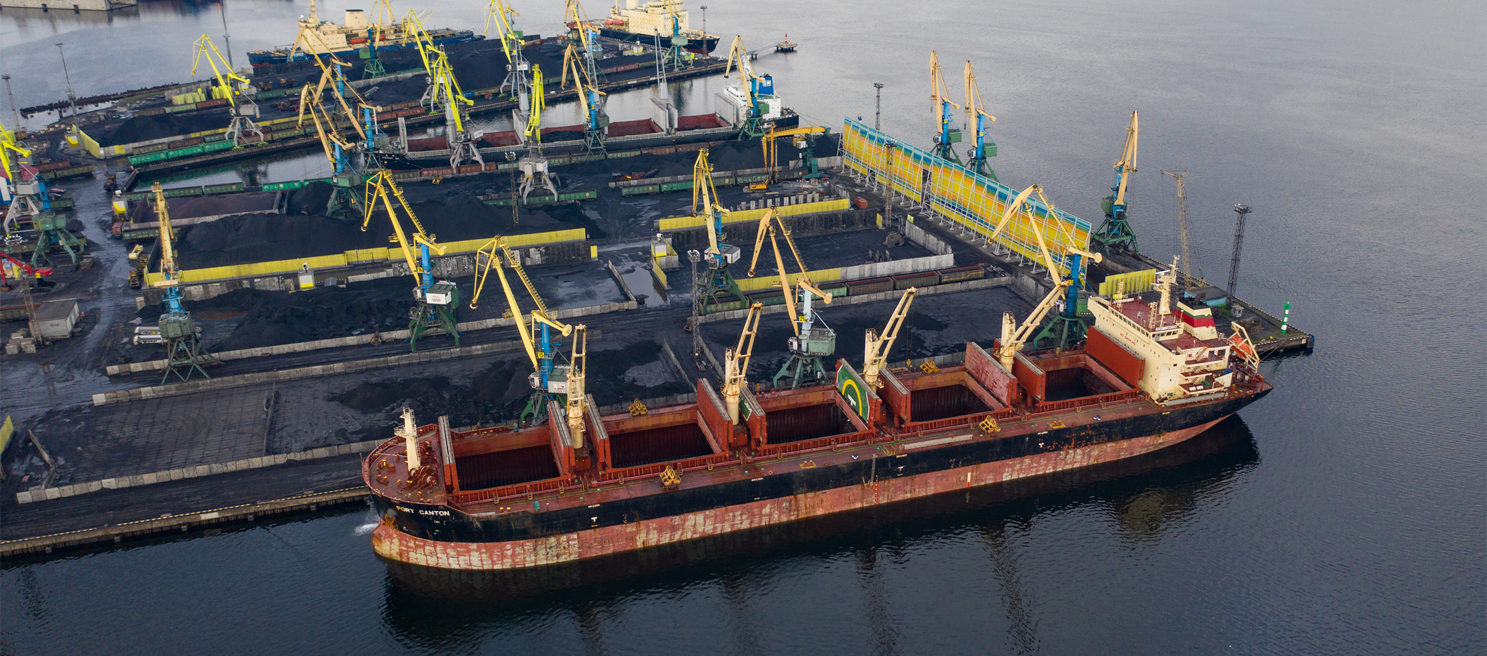Summary
Looking ahead, the upcoming week appears relatively calm in terms of economic indicators, although all eyes are on the US Federal Reserve's impending interest rate decision, slated for Wednesday. Market turbulence is anticipated around this announcement, with expectations leaning towards the Fed maintaining rates at their current 5.5% level. Additionally, several emerging market countries are set to report their GDP growth for the first quarter, with projections varying. For instance, Saudi Arabia is expected to rebound with a growth rate of 2.5% over Q1 2023, following a 4.3% fall in Q4. Conversely, Mexico's growth rate is anticipated to have slowed to 2.3% from 2.5% in Q4, while Indonesia's growth may have slipped to 4.8% from over 5% in the previous quarter. Industrial production forecasts diverge, with France expecting a 0.7% uptick over February, while Brazil's annual growth is expected to decelerate to 2.3%. Despite projections of a 1.8% rise in US factory orders over February, both US and Eurozone manufacturing PMIs signal contraction, albeit at differing levels.
In the oil market segment, the earnings season for major players like ExxonMobil, Chevron, Equinor, and TotalEnergies has commenced. Despite marginal differences in oil prices between Q1 2024 and Q1 2023, gas prices have seen considerable declines. Overall, oil and gas production remains relatively stable, though there are notable variations in cash from operations across companies. Capital expenditure saw a decline across the board, with Chevron being a notable exception, increasing capital spending by 35% annually. Despite this, all companies exceeded their capital outlays through share buybacks and dividends. Major ongoing projects include Total's phase two of the Mero field in Brazil and Exxon's Payara production unit reaching full capacity in Guyana.
Regarding the economy, the Dutch Central Planning Bureau's World Trade Monitor indicates a 1% increase in global trade from January levels, though with some distortion due to revised figures. Notably, the USA continues to report strong export growth. However, world industrial production remains mixed, with the Eurozone experiencing a significant downturn. EU industrial sentiment reflects pessimism, indicating minimal prospects for improvement. In the USA, Q1 economic growth slowed to 1.6%, attributed to a widening trade deficit driven by a notable increase in imports over exports. Additionally, inflation has re-accelerated in the USA, prompting the Federal Reserve to maintain rates amidst concerns, particularly regarding core services. Overall economic sentiment remains cautious, influenced by uncertainties surrounding global trade and inflationary pressures.














